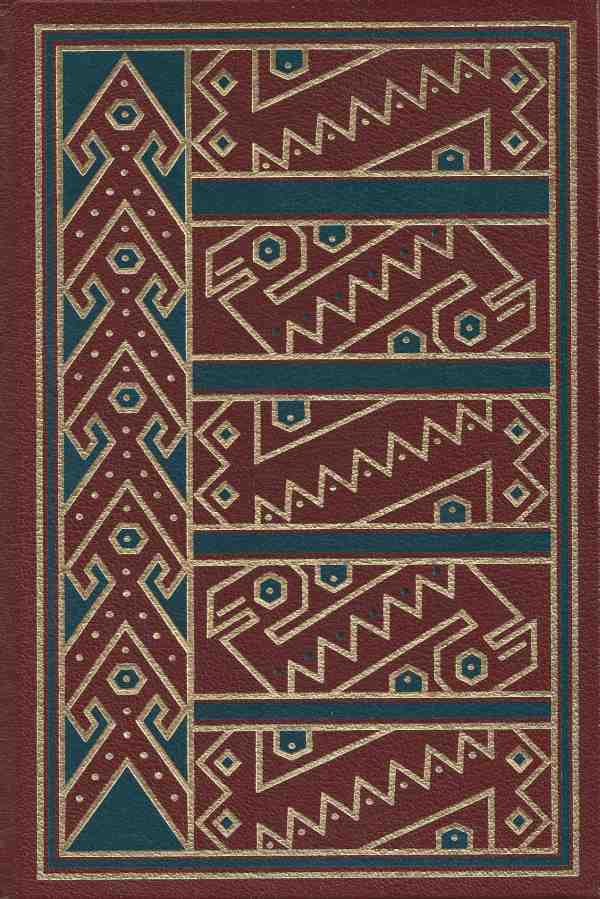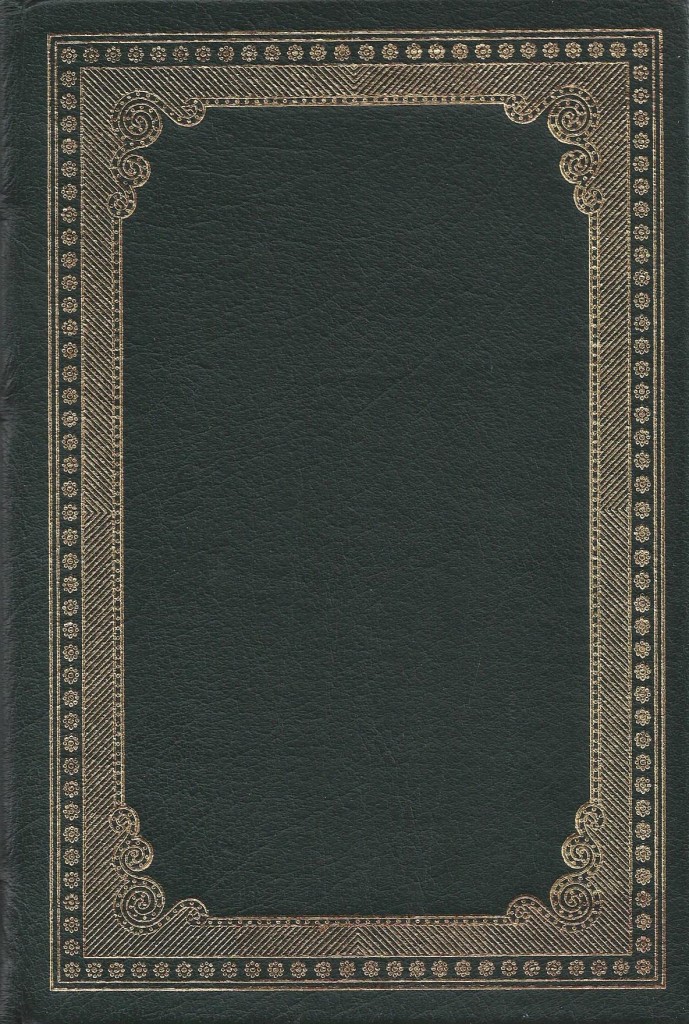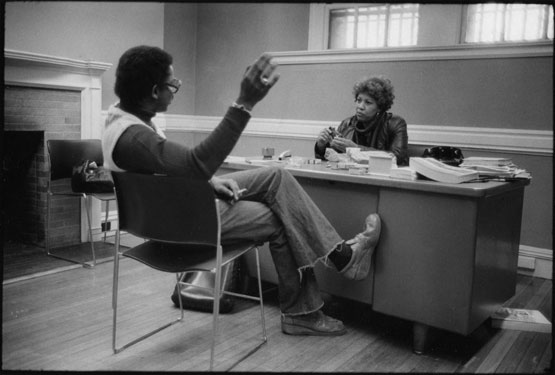
Toni Morrison at work. Photo by Jill Krementz.
Both sides of Toni Morrison’s family left the deep South and settled in Ohio in the 1930s due to racial threats and lynchings. With this unsettling background left behind, Toni Morrison’s parents bore her into the diverse community of Lorain, Ohio. Italians, Polish, and Jewish immigrants, white people and black people all went to the same school together and played together. Unlike her parents and grandparents, Morrison felt she entered the world with little personal fear or distrust of white people. Morrison has become known for her ability to communicate a pure view of the daily life of African-Americans from the period of slavery to modern times.
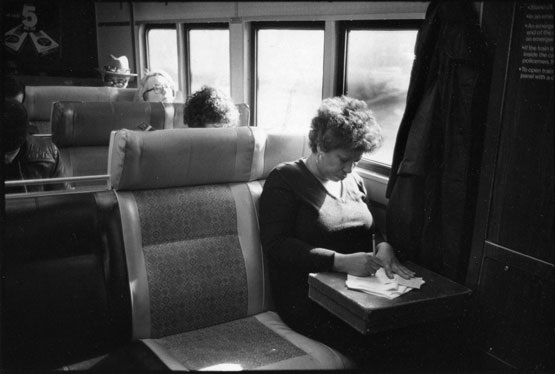
Toni Morrison during her years as an editor at Random House (1970s). Photo by Jill Krementz.
Morrison studied literature at Howard University and completed her Masters at Cornell University. After seven years of teaching and the break-up of her marriage with two kids in tow, she took a job as a textbook editor. Later she became an editor at Random House where she championed black writers. Reflective of her upbringing, Morrison wanted for herself and other black writers to simply write as a black people. In a 1992 interview with The Paris Review, Morrison explains:
“It’s very important to me that my work be African-American. If it assimilates into a different or larger pool, so much the better. But I shouldn’t be asked to do that. Joyce is not asked to do that. Tolstoy is not. I mean, they can all be Russian, French, Irish or Catholic, they write out of where they came from, and I do too.”
In a recent interview with the New York Times, Morrison elaborates:
“What I’m interested in is writing without the gaze, without the white gaze . . . In so many earlier books by African-American writers particularly by the men, I felt that they were not writing to me.”
After the publication of “Beloved,” a group of black writers and intellectuals signed and published a statement in the New York Times admonishing the publishing industry for not honoring Toni Morrison with the National Book Award or the Pulitzer Prize. Though Morrison has never won the National Book Award, she was awarded the Pulitzer Prize in 1988 for “Beloved” and the Nobel Prize for Literature in 1993. She remains the only black woman recipient of Nobel Prize for Literature and the only American to have won the Prize since John Steinbeck in 1962.
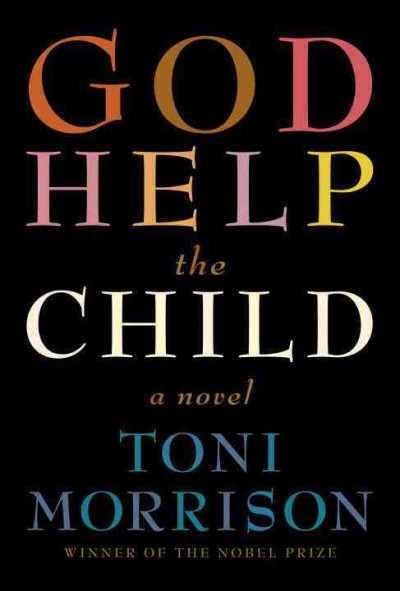 At age 84, Toni Morrison has published 11 novels. “Beloved” was brought to mainstream readers when Oprah chose the novel for her book club and made it into a film in 1998. Over the years, Morrison’s early works, from “The Bluest Eye” (1970) to “Beloved” (1987), have become highly collectible. Because Morrison has made herself available for book signings and Knopf has offered select booksellers pre-signed books, signed first editions of Morrison’s later works have been accessible for collectors. However, as Morrison ages and readers appreciate her work more, signed editions may become harder to find and may increase in value.
At age 84, Toni Morrison has published 11 novels. “Beloved” was brought to mainstream readers when Oprah chose the novel for her book club and made it into a film in 1998. Over the years, Morrison’s early works, from “The Bluest Eye” (1970) to “Beloved” (1987), have become highly collectible. Because Morrison has made herself available for book signings and Knopf has offered select booksellers pre-signed books, signed first editions of Morrison’s later works have been accessible for collectors. However, as Morrison ages and readers appreciate her work more, signed editions may become harder to find and may increase in value.
Morrison’s new novel, “God Help the Child,” goes on sale Tuesday, April 21, 2015.
See all of Lemuria’s first editions by Toni Morrison here.
Written by Lisa Newman


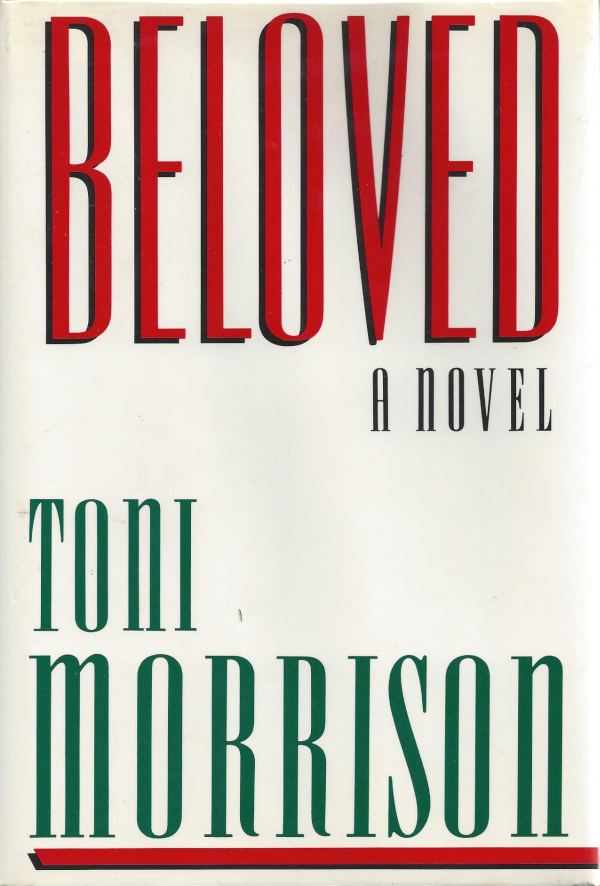
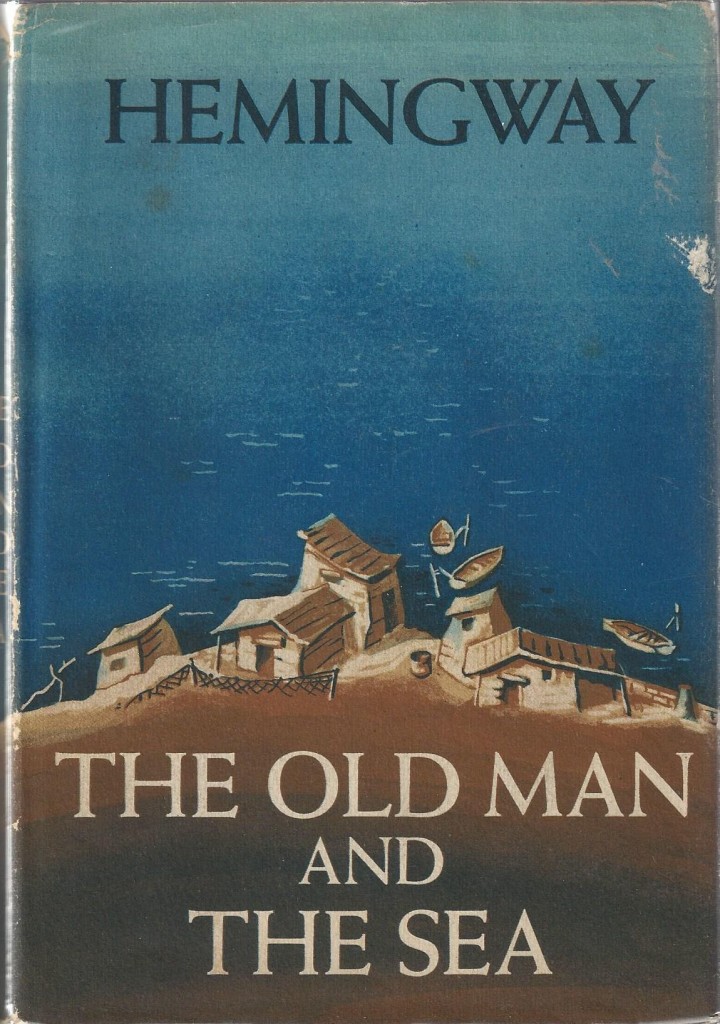
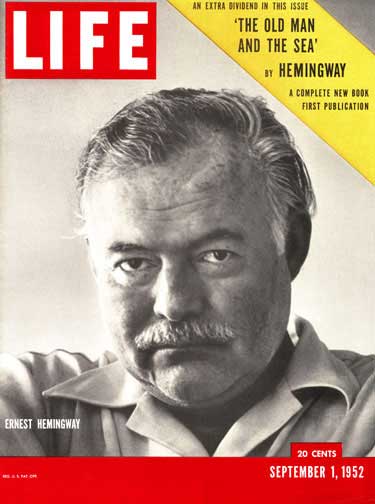 Hemingway wrote to Daniel Longwell, LIFE Editorial Board Chairman:
Hemingway wrote to Daniel Longwell, LIFE Editorial Board Chairman: 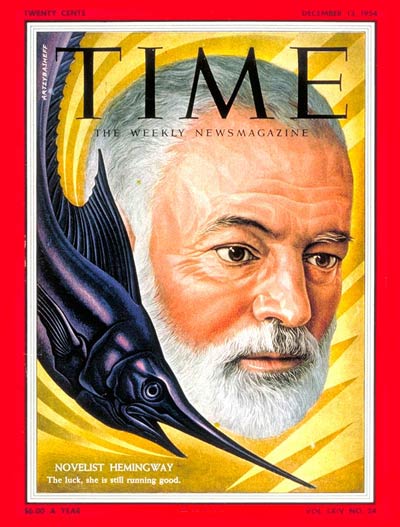 After winning the hearts of Americans, the Pulitzer and Nobel Prizes, Hemingway reflected on the novel in a December 1954 interview with Time magazine:
After winning the hearts of Americans, the Pulitzer and Nobel Prizes, Hemingway reflected on the novel in a December 1954 interview with Time magazine: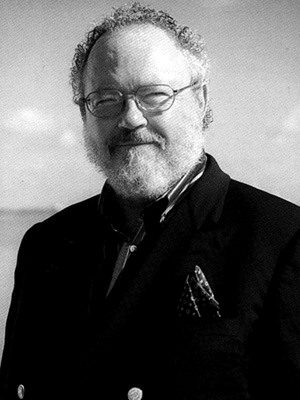
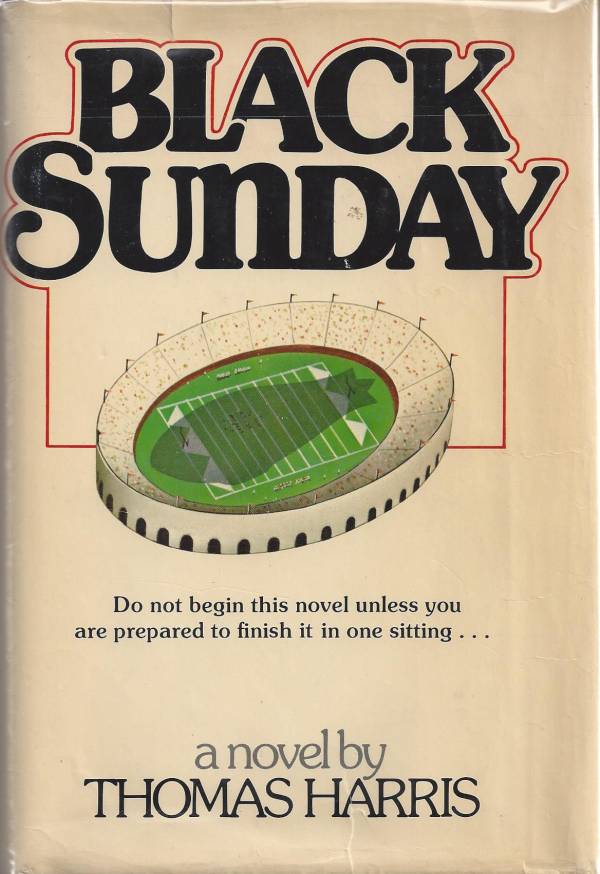
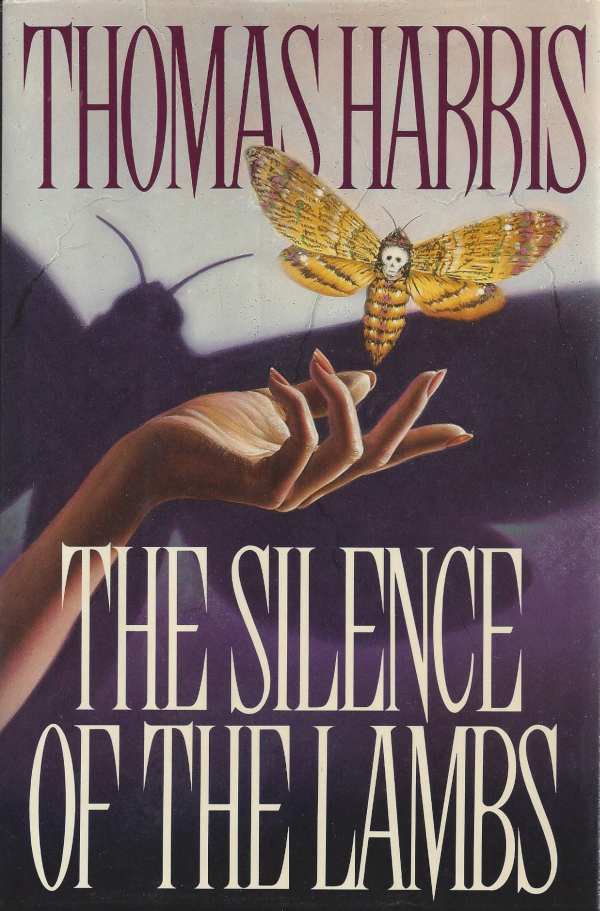


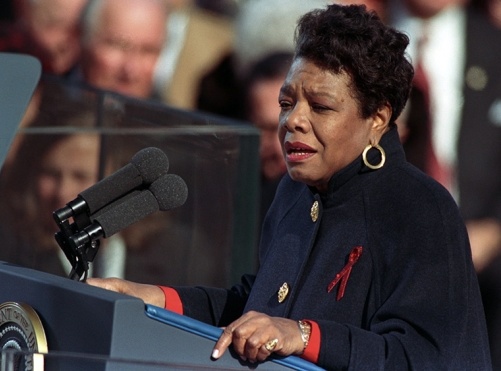
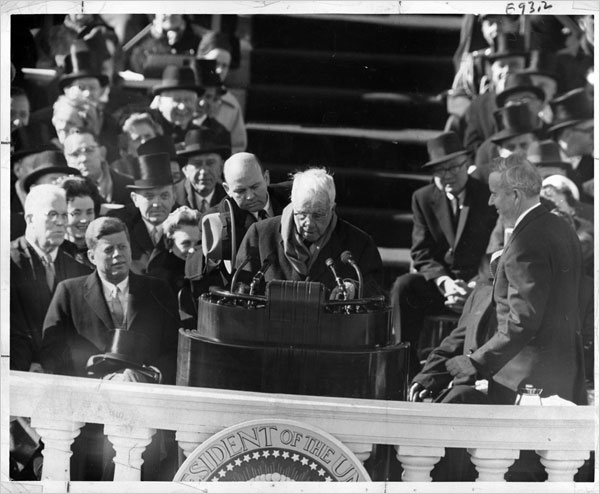
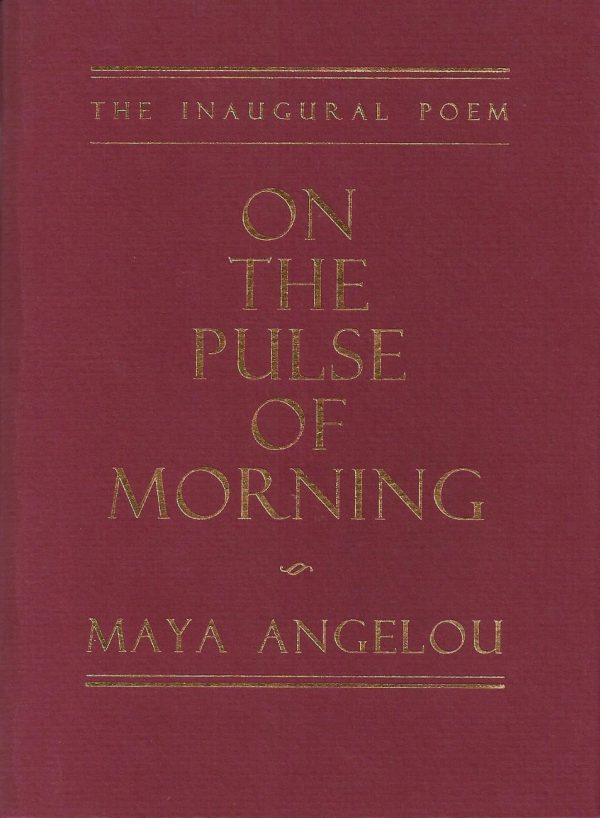
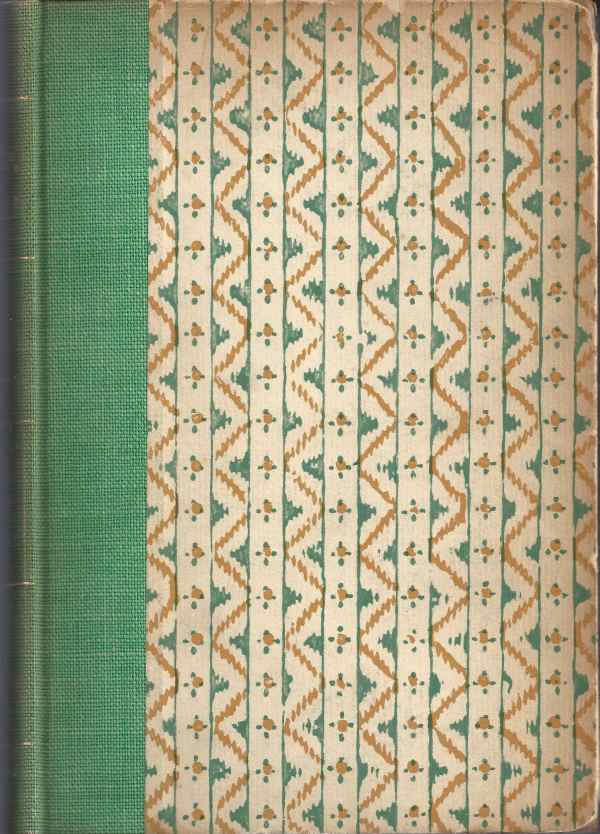
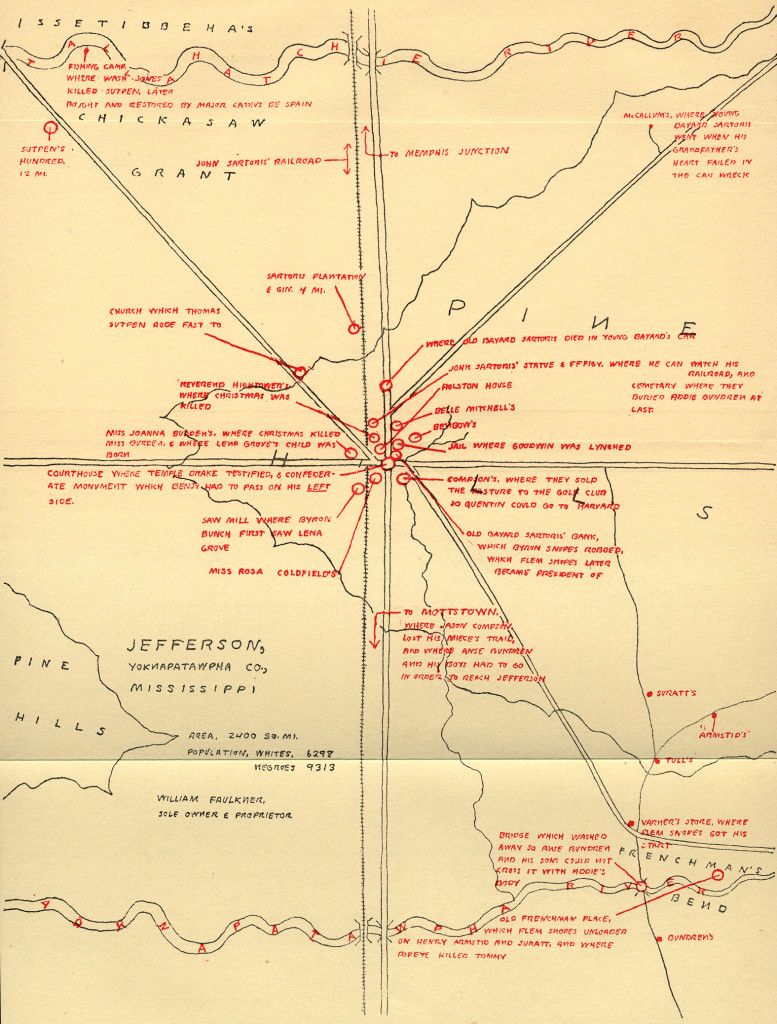 Certainly, no one was more aware of the complexity of “Absalom” than Faulkner himself. After much editorial work, Faulkner created three reader’s guides to appear at the end of the book: a genealogy, a chronology, and a map of Yoknapatawpha County. The map was special because the publisher had to pay extra to have it tipped in to the first 6,000 copies; the map was also printed in two colors. Random House was eager to make the book as beautiful as possible because “Absalom” was Random House’s first Faulkner book to publish. Earlier that year, Bennett Cerf of Random House had bought Smith & Haas, a small publisher that had been struggling to make a profit even though it had a line of great authors. Cerf wrote in his
Certainly, no one was more aware of the complexity of “Absalom” than Faulkner himself. After much editorial work, Faulkner created three reader’s guides to appear at the end of the book: a genealogy, a chronology, and a map of Yoknapatawpha County. The map was special because the publisher had to pay extra to have it tipped in to the first 6,000 copies; the map was also printed in two colors. Random House was eager to make the book as beautiful as possible because “Absalom” was Random House’s first Faulkner book to publish. Earlier that year, Bennett Cerf of Random House had bought Smith & Haas, a small publisher that had been struggling to make a profit even though it had a line of great authors. Cerf wrote in his 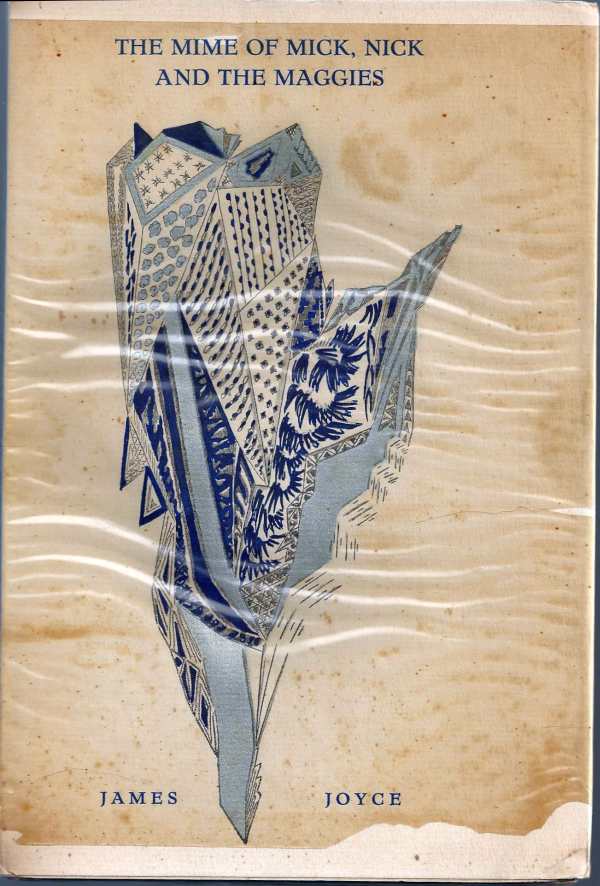
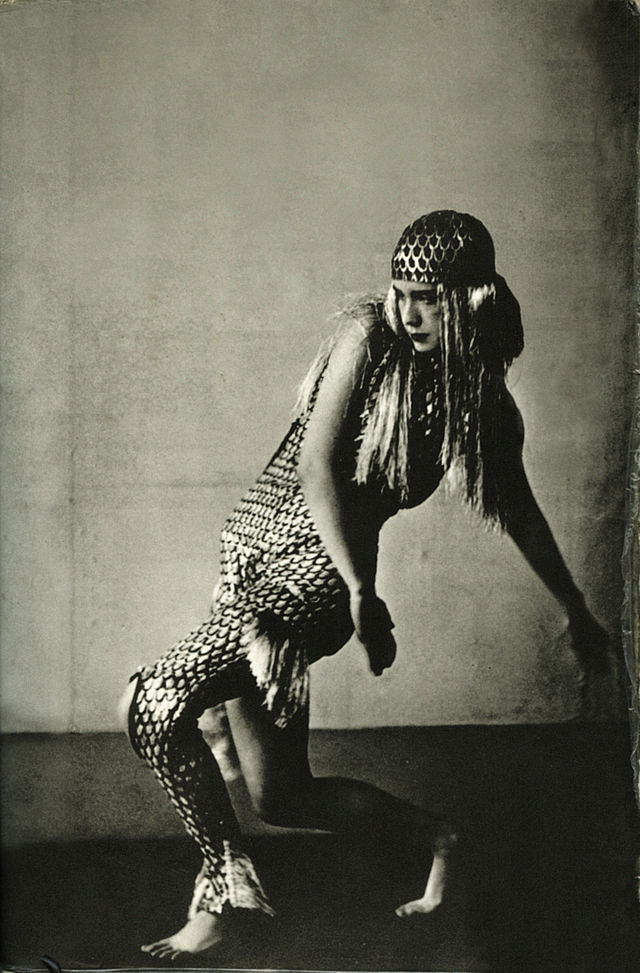
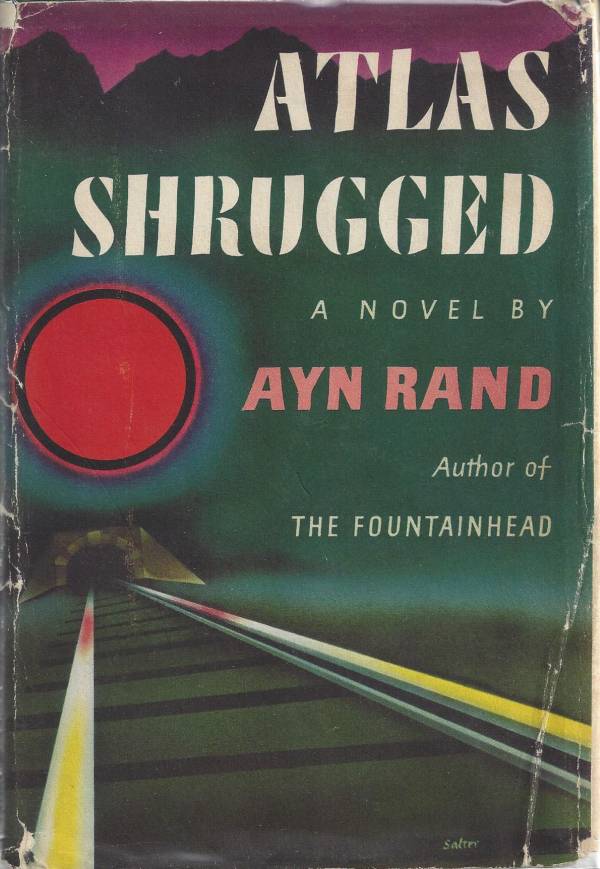
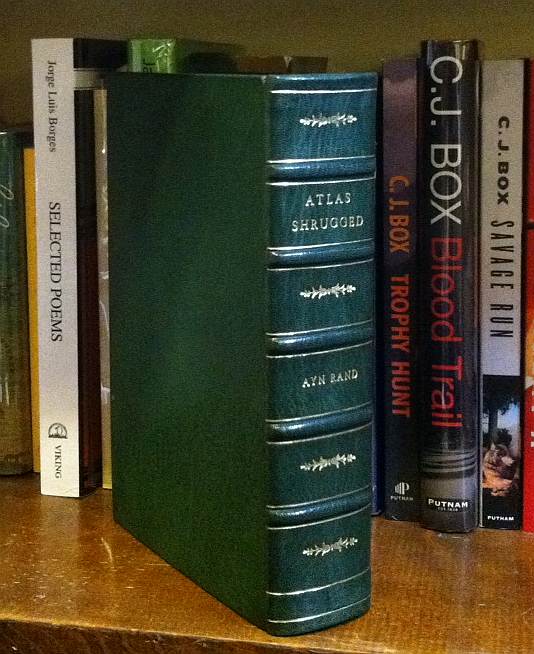
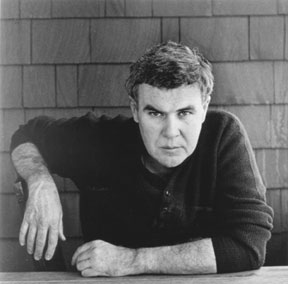 Raymond Carver died at the age of fifty but during his brief career he revived the short story form during the 1980s. His short story collection, “What We Talk About When We Talk About Love,” made him famous and writers have sought to emulate him ever since—Tobias Wolff, Amy Hempel, Richard Ford, Ann Beattie, Alice Munro, Nadine Gordimer, William Trevor, and others. Scholars have compared their work to Somerset Maugham, Guy du Maupassant and Anton Chekhov.
Raymond Carver died at the age of fifty but during his brief career he revived the short story form during the 1980s. His short story collection, “What We Talk About When We Talk About Love,” made him famous and writers have sought to emulate him ever since—Tobias Wolff, Amy Hempel, Richard Ford, Ann Beattie, Alice Munro, Nadine Gordimer, William Trevor, and others. Scholars have compared their work to Somerset Maugham, Guy du Maupassant and Anton Chekhov.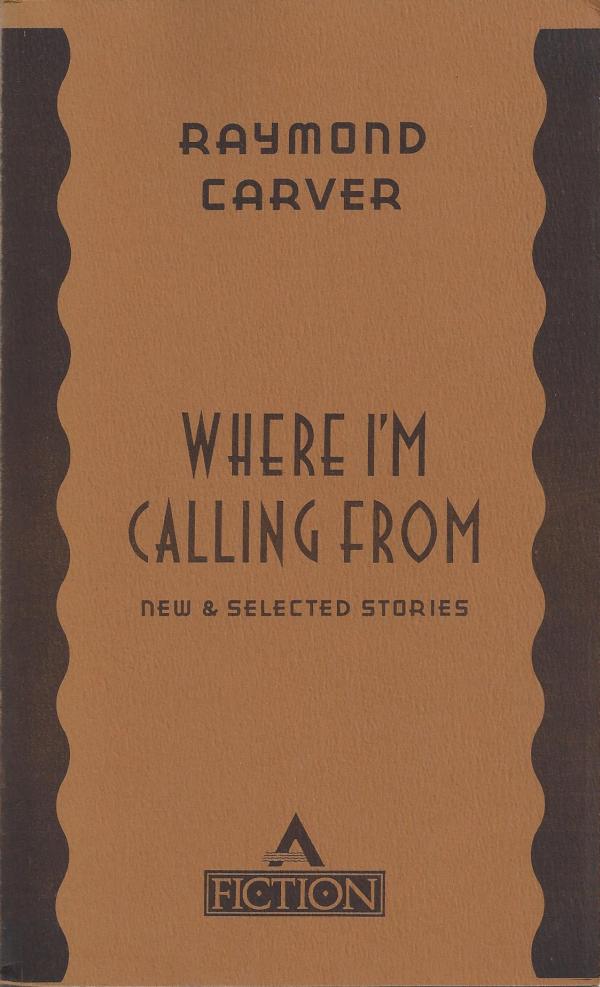
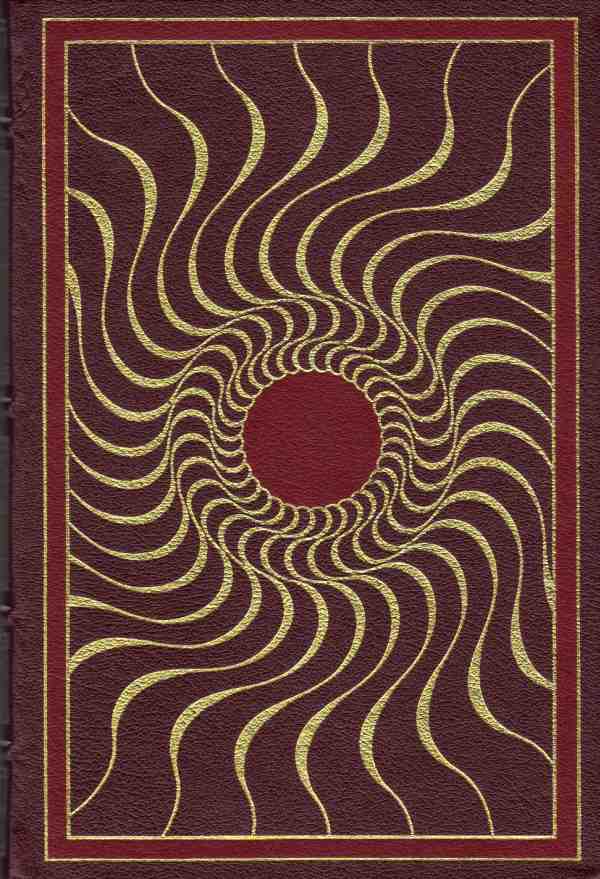
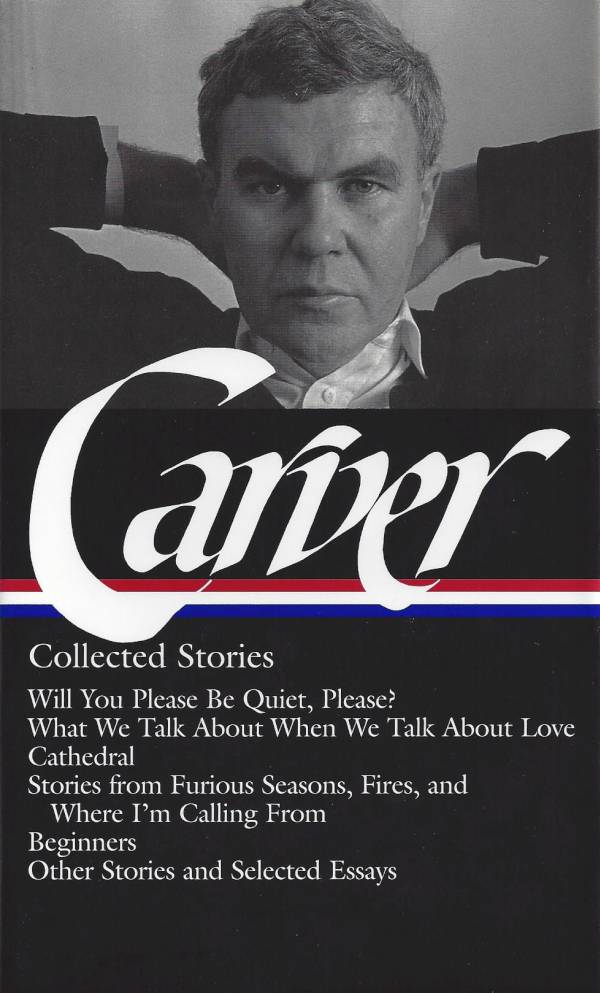
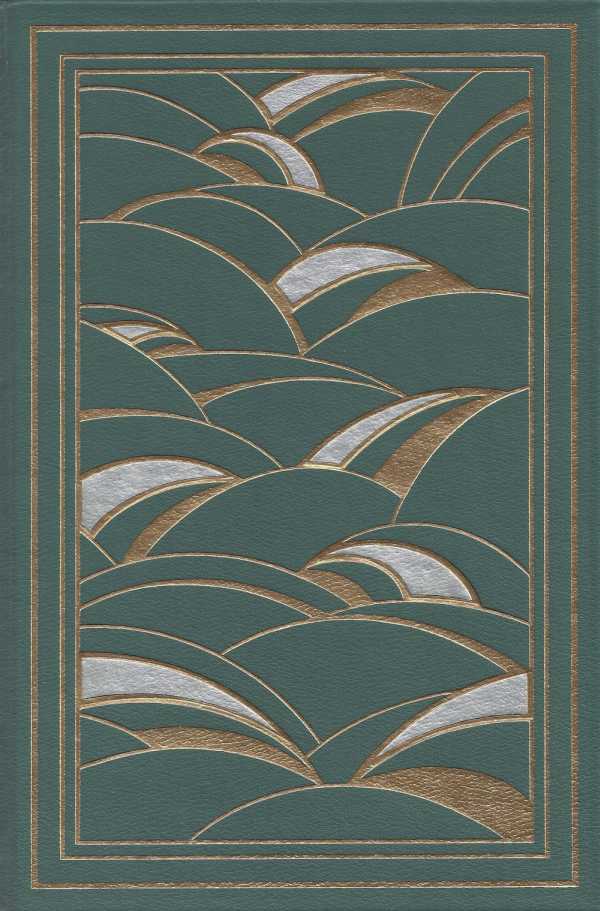 “Breathing Lessons” by Anne Tyler. Franklin Library: Philadelphia, PA: 1988.
“Breathing Lessons” by Anne Tyler. Franklin Library: Philadelphia, PA: 1988.